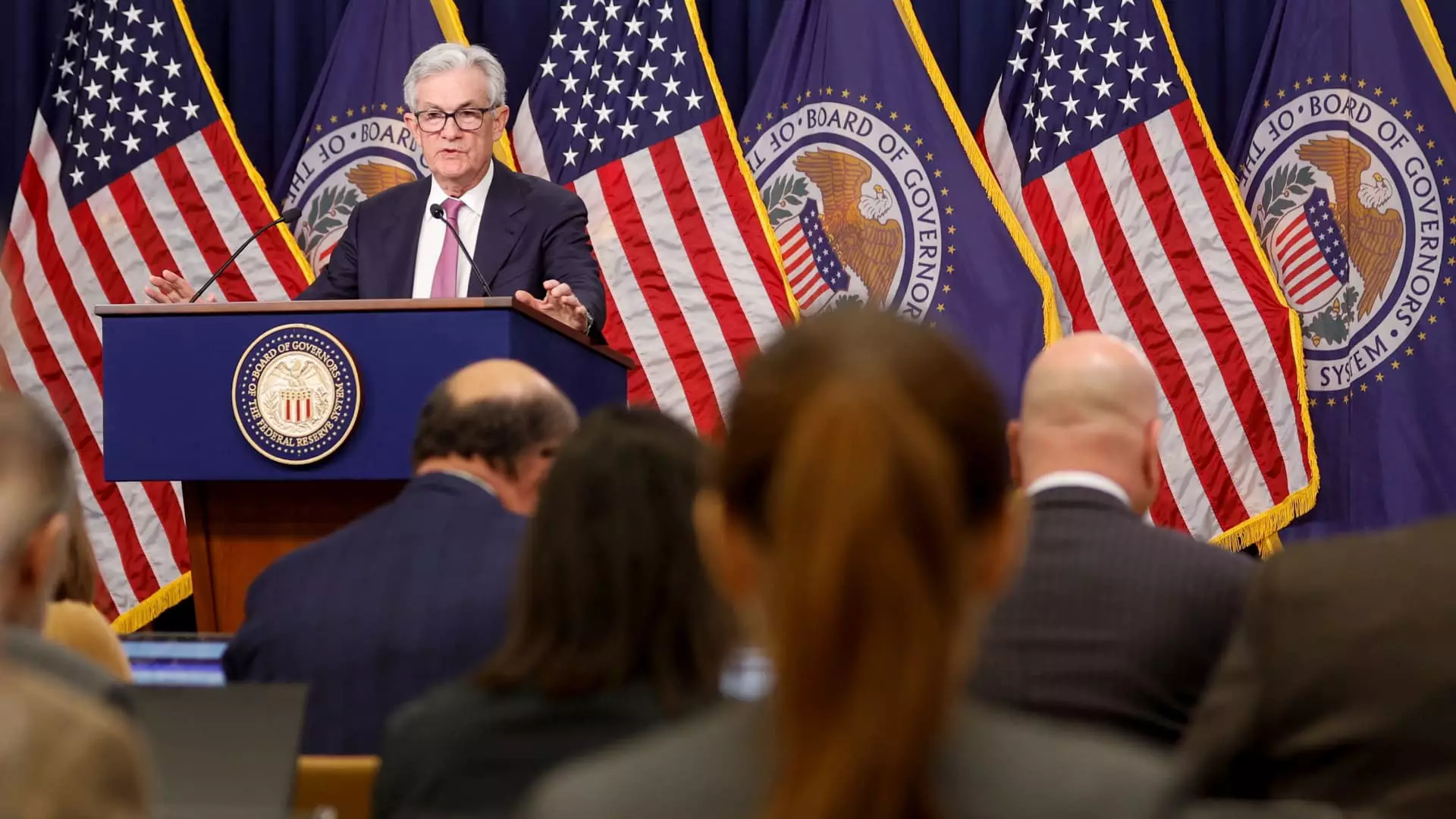In 2024, the Federal Reserve made noteworthy adjustments by lowering its interest rate target three times. This maneuver has ignited hopes among many American homeowners and prospective buyers that mortgage rates would soon follow suit. However, expert insights suggest that these expectations may be misguided. As articulated by Jordan Jackson, a global market strategist at J.P. Morgan Asset Management, the prevailing mortgage rates could stabilize around six and a half to seven percent for an extended period. This raises concerns for homeowners seeking respite from high borrowing costs, highlighting the disconnection between Fed policy and the actual rates homeowners experience.
It is essential to recognize that while the Federal Reserve’s policies play a role in shaping interest rates, mortgage rates are fundamentally more influenced by long-term borrowing rates, particularly those associated with government debt such as the 10-year Treasury note. Recent trends show an uptick in yields for these government bonds, influenced by anticipated changes in fiscal policy expected from the federal government in 2025. This context suggests a complex relationship where Fed actions may not be sufficient to drive down mortgage rates as expected, especially since market dynamics involving mortgage-backed securities also play a pivotal role in the rate-setting process.
During the COVID-19 pandemic, the Federal Reserve employed a strategy known as quantitative easing, buying substantial amounts of mortgage-backed securities to stimulate the economy. This tactic, while effective in driving mortgage rates to historical lows in 2021, has been critiqued in retrospect for being overly aggressive. Matthew Graham, COO of Mortgage News Daily, indicated that these actions may have been ill-advised, suggesting that the current repercussions are a direct result of those decisions.
In contrast, 2022 saw the implementation of quantitative tightening, as the Fed began to reduce its balance sheet by allowing its mortgage-backed securities to mature without reinvestment. This shift aims not only to adjust the balance of holdings but may inadvertently contribute to an increase in the spread between mortgage rates and Treasury yields, thus complicating the mortgage rate landscape further.
As we navigate a landscape marked by the shifting tides of economic policy, the outlook for mortgage rates remains uncertain. Experts caution that current strategies might not yield the intended relief for mortgage borrowers. George Calhoun, director of the Hanlon Financial Systems Center at Stevens Institute of Technology, suggests that the Fed’s recent policies may exacerbate the complications in the mortgage market rather than provide clarity or relief.
While the Federal Reserve’s interventions aim to stabilize the economy, their effects on mortgage rates reflect a convoluted reality shaped by numerous overlapping dynamics. Homebuyers and existing homeowners should remain vigilant, understanding that the financial landscape is complex and that expectations regarding lower mortgage rates may not materialize as swiftly as hoped. The road ahead may require adaptability and strategic planning as residents seek to navigate these financial waters.

Leave a Reply